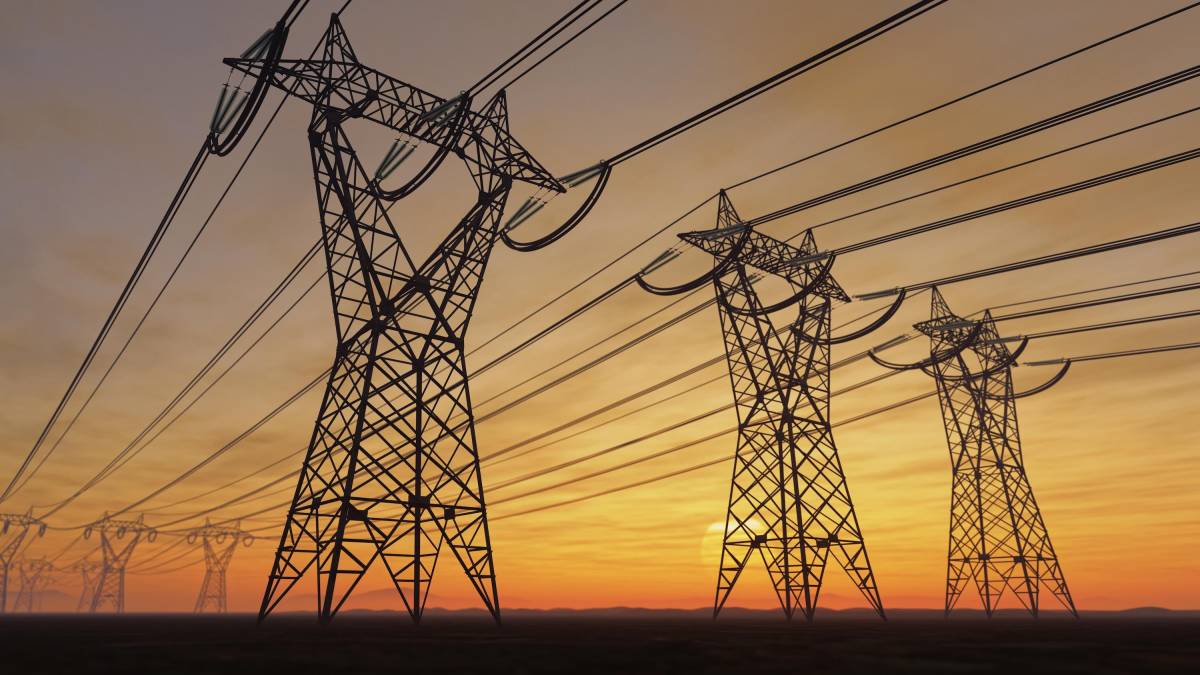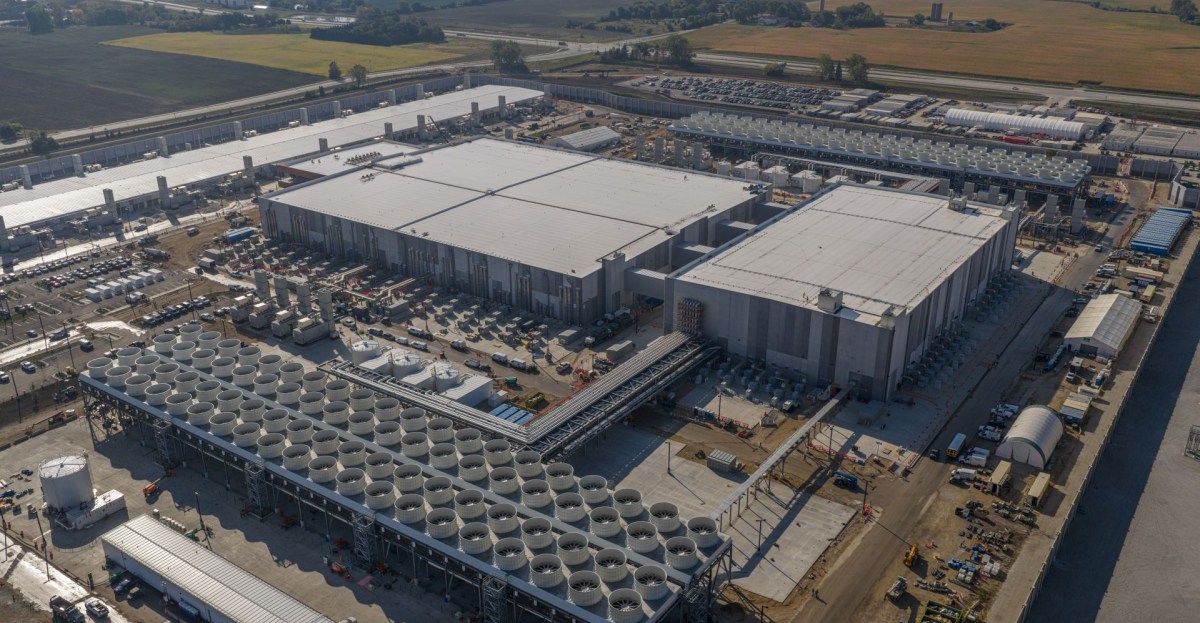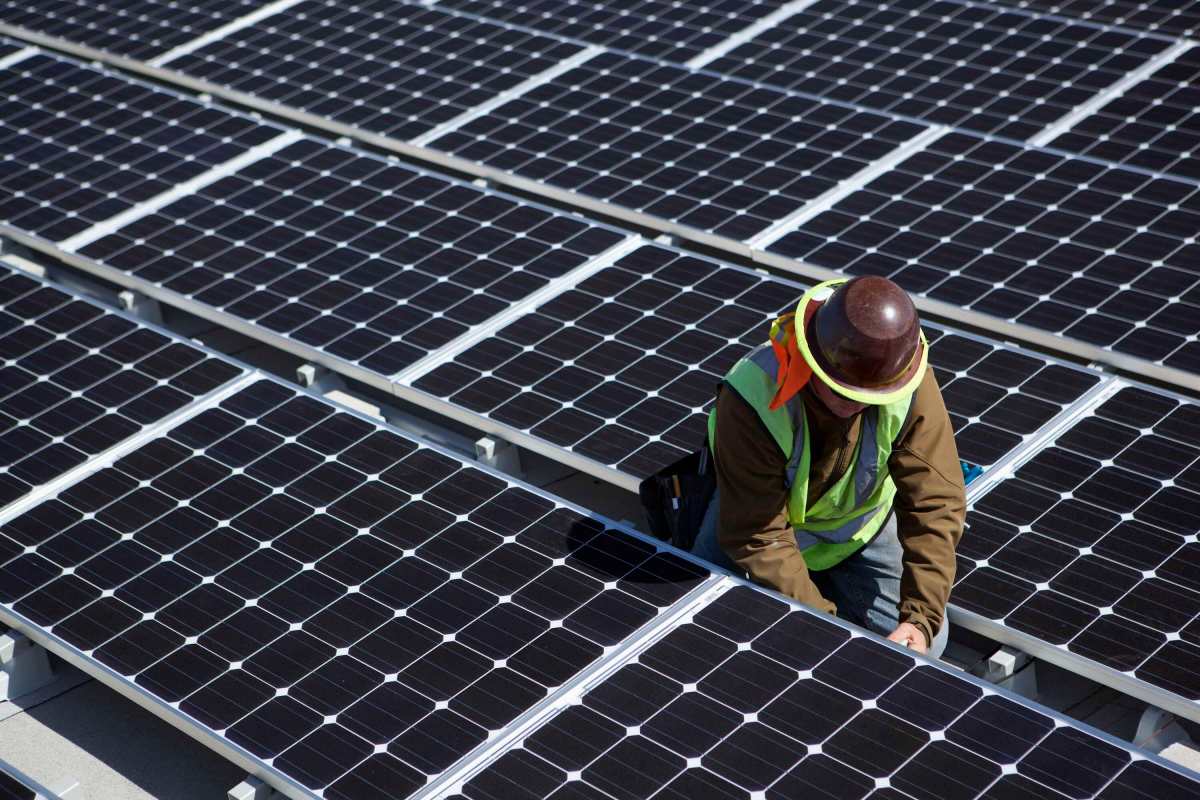
Data Center Tweaks Could Unlock 76 GW of New Power Capacity in the US
Sources: https://techcrunch.com/2025/02/13/data-center-tweaks-could-unlock-76-gw-of-new-power-capacity-in-the-u-s, techcrunch.com
TL;DR
- A study proposes data centers, with modest curtailment, could unlock up to 76 GW of new power capacity in the United States.
- Curtailment would involve drawing no more than 90% of a grid’s maximum for a couple of hours at a time, totaling about one day per year.
- Data centers could participate in demand response (DR) by using temporal and spatial flexibility, or backup power, to maintain uptime while easing grid stress.
- Examples include Google’s carbon-aware computing for DR, Enel X leveraging UPS batteries, and PG&E’s willingness to accelerate grid connections for DR participation.
- These tweaks are not a substitute for new power sources, but they could ease peak demand and reduce risk of underpowered AI deployments. TechCrunch
Context and background
Tech companies, data center developers, and power utilities have been grappling with the pace of electricity demand in the United States in the face of rapid AI-driven growth. A new paper published this week argues that the situation need not be grim if data center operators and other heavy electricity users trim their usage by a small amount. Specifically, limiting power drawn from the grid to 90% of its maximum for a couple of hours at a time—totaling roughly one day per year—could unlock as much as 76 gigawatts of capacity in the United States. That volume is larger than the total power consumption of data centers globally, according to Goldman Sachs, and would represent about 10% of the U.S. peak demand. The authors emphasize that if curtailment is increased, larger capacity could be unlocked. The premise sits within a long-standing utility practice: demand-response programs that have encouraged large electricity users—malls, universities, factories, and others—to reduce demand during peak periods in exchange for credits or other incentives. Data centers, until now, have largely prioritized uptime and performance, but the paper frames them as potentially strong demand-response participants due to their flexibility. TechCrunch
What’s new
The core finding centers on a simple but powerful idea: even a modest curtailment of data-center power use can unlock substantial capacity on the grid. The proposal focuses on two measures:
- Temporal flexibility: shifting compute tasks away from peak periods or brief curtailments of a couple of hours at a time.
- Spatial flexibility: relocating workloads to regions with lower demand, thereby balancing load across the grid. Additionally, operators could consolidate workloads, shut down nonessential servers, or leverage alternative power sources when tasks cannot be delayed. Batteries are highlighted as well-suited for providing several hours of power almost instantly during curtailments. The article notes that some industry players have already engaged in related, ad hoc DR efforts. Google has used its carbon-aware computing platform to enable demand response, Enel X has worked with data centers to tap into UPS batteries for grid stabilization, and PG&E has offered faster grid connections to data centers that participate in DR. These precedents illustrate how the theoretical framework could translate into practical actions. TechCrunch
Why it matters (impact for developers/enterprises)
If adopted at scale, the proposed approach could reshape how developers and operators plan, design, and operate data centers. By treating data centers as flexible assets rather than fixed loads, utilities could reduce peak stress on the grid and mitigate risks associated with AI-era demand growth. For enterprises, this could mean new avenues for demand-response programs that pair energy management with cost recovery through credits or favorable rates. The fact that the concept aligns with decades of DR programs—where large consumers trim usage during peaks in exchange for incentives—helps frame data centers as a natural extension of established practices rather than a radical departure. The study emphasizes that even conservative curtailment, applied strategically, could yield meaningful capacity gains without compromising essential services. TechCrunch
Technical details or Implementation (choose appropriately)
The paper outlines concrete pathways for data centers to participate in demand response:
- Temporal flexibility: by rescheduling AI model training and other compute-intensive tasks to times of lower demand, centers can curtail grid draw for short windows without impacting critical operations for customers.
- Spatial flexibility: workloads could be moved to regions with lower demand, effectively balancing regional load and reducing strain on high-demand locales.
- Load consolidation and partial shutdowns: even within a single facility, operators can consolidate workloads and selectively power down a subset of servers during curtailment periods.
- Alternative power sources: if tasks are mission-critical and cannot be delayed, data centers can rely on backup sources to maintain uptime while still meeting curtailment commitments.
- Batteries and fast-response storage: UPS systems and standalone battery installations can provide several hours of power during short curtailments, enabling rapid response without service interruption. The authors caution that these tweaks are not meant to eliminate the need for new generation capacity entirely; rather, they could dramatically increase usable grid capacity and help address peak-demand challenges during AI-driven growth. TechCrunch
Key takeaways
- Modest, well-timed curtailment by data centers could unlock substantial new US power capacity.
- The proposed threshold is 90% of grid maximum for a couple of hours, totaling about one day per year.
- Data centers have both temporal and spatial flexibility to adjust workloads without sacrificing service quality.
- Batteries and UPS systems play a key role in enabling rapid, reliable curtailments.
- Real-world examples from Google, Enel X, and PG&E demonstrate DR pathways that could be scaled across the industry.
- These measures complement, but do not replace, the need for new generation and transmission capacity. TechCrunch
FAQ
-
How exactly would the 90% cap work across a data center?
It would involve drawing no more than 90% of the grid’s maximum for a couple hours at a time, for a total of about one day per year, allowing a temporary dip in demand while maintaining operations.
-
What kinds of flexibility do data centers have?
Temporal flexibility (shifting compute tasks) and spatial flexibility (moving workloads to lower-demand regions), plus load consolidation and alternative power sources when needed.
-
Are batteries essential for this approach?
Batteries are described as ideally suited for providing several hours of power almost instantaneously during curtailments, enabling rapid response.
-
Does this replace the need for new power plants?
No—these tweaks are not a complete substitute for new sources of power but could unlock additional capacity and ease peak-demand pressures. [TechCrunch](https://techcrunch.com/2025/02/13/data-center-tweaks-could-unlock-76-gw-of-new-power-capacity-in-the-us)
References
- TechCrunch: Data Center Tweaks Could Unlock 76 GW of New Power Capacity in the US, https://techcrunch.com/2025/02/13/data-center-tweaks-could-unlock-76-gw-of-new-power-capacity-in-the-us
More news
Microsoft to turn Foxconn site into Fairwater AI data center, touted as world's most powerful
Microsoft unveils plans for a 1.2 million-square-foot Fairwater AI data center in Wisconsin, housing hundreds of thousands of Nvidia GB200 GPUs. The project promises unprecedented AI training power with a closed-loop cooling system and a cost of $3.3 billion.
Meta 2025 Sustainability Report: Decarbonization, Water Stewardship and Biodiversity Initiatives
Meta’s 2025 Sustainability Report outlines decarbonization targets, water restoration in stressed regions, biodiversity efforts, supplier engagements, and data-center innovations, including mass timber pilots and nuclear energy pilots.
Breaking the Networking Wall in AI Infrastructure
Microsoft Research outlines MOSAIC, a microLED-based optical interconnect concept designed to overcome datacenter memory and network limits restricting AI performance, with potential to transform AI cluster designs.
How one AI startup helps rice farmers battle climate change
Mitti Labs uses AI to measure methane emissions from flooded rice paddies and partners with The Nature Conservancy to expand regenerative, no-burn farming in India, while tracking carbon credits to support farmers.
Meta to add 100MW of solar power from US gear to back SC AI data center
Meta signs a $100 million, 100 MW solar farm deal with Silicon Ranch in South Carolina to power a planned AI data center, with most equipment made in the U.S. Operations expected in 2027.
Harvard dropouts unveil 'always-on' AI smart glasses that listen, record, and transcribe every conversation
Two former Harvard students claim to be building Halo X, discreet smart glasses with an always-on microphone, real-time transcription, and AI-driven prompts — raising questions about privacy, security, and legality.





